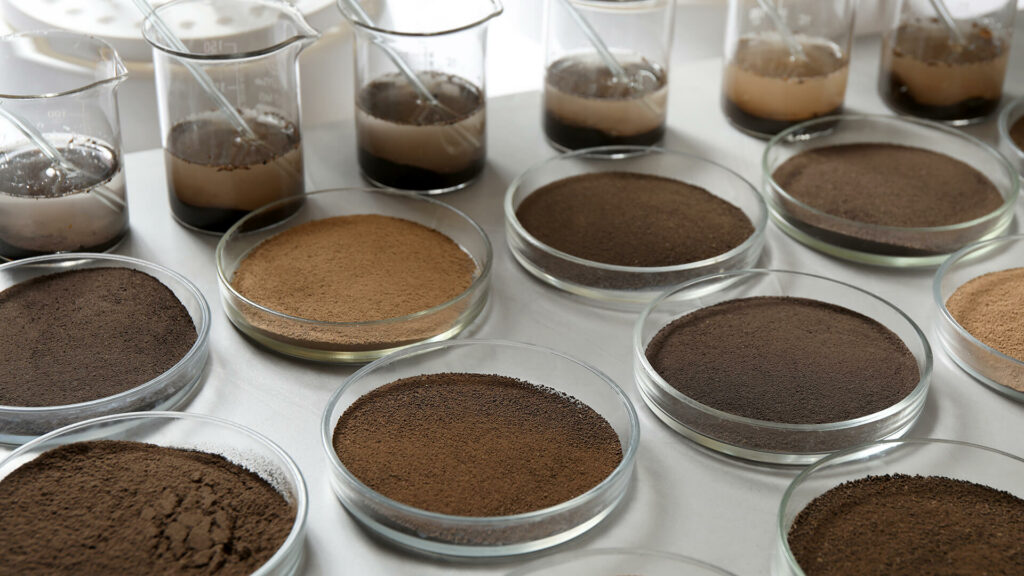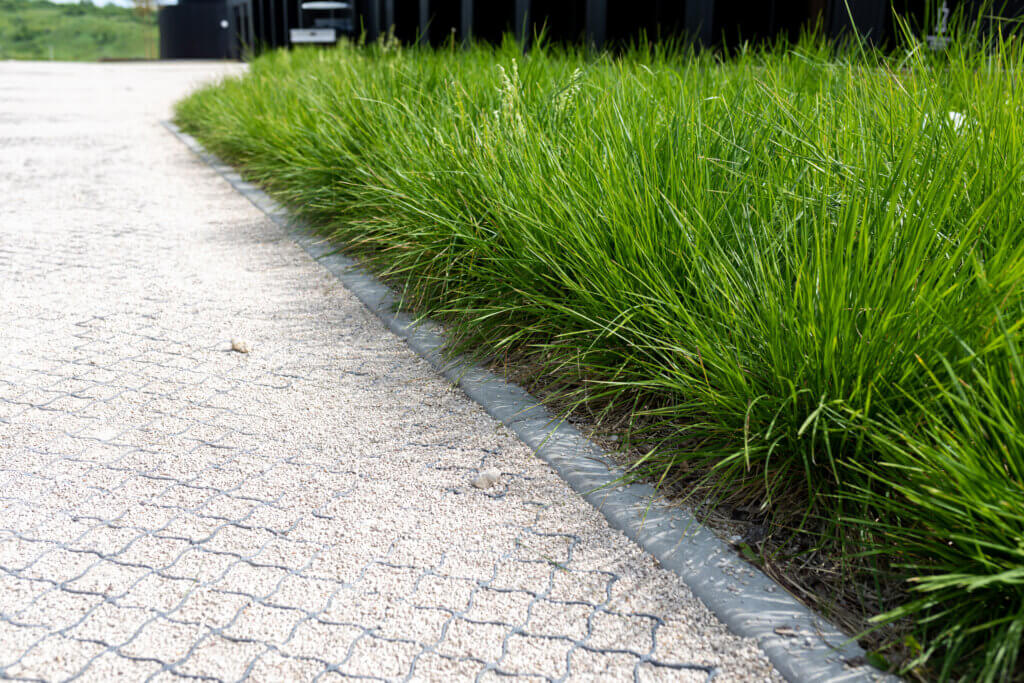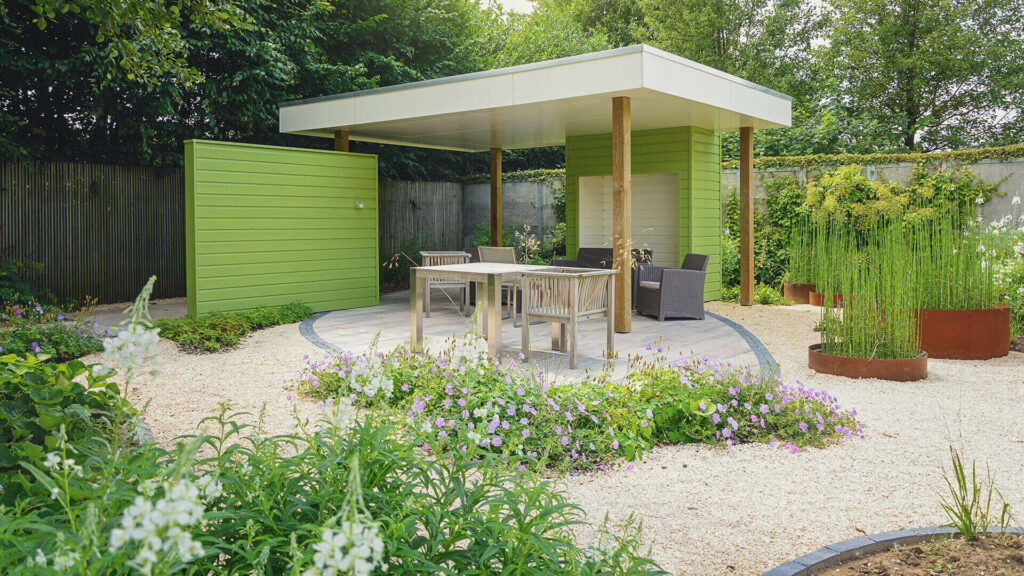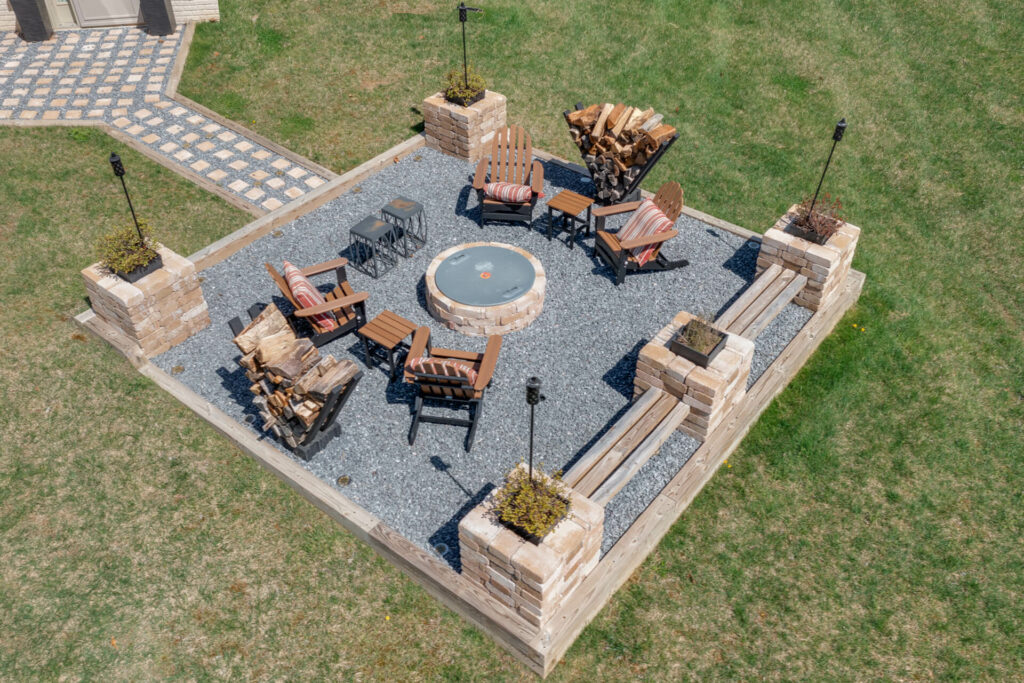When constructing a new building, one of the initial considerations is the foundation, which provides a level surface for the building, protection from forces such as earthquakes and floods, and increased stability. Crucially, proper foundations with a layer of radon rock also protects occupants from naturally occurring radon gas in the earth. Let’s delve deeper into this vital material and understand why it’s necessary to include a layer beneath every foundation.
What is Radon Rock?
Radon rock, often also referred to as under-slab rock, is a mixture ranging from 10-30mm commonly used for the undersides of building foundations. Its name originates from its use in aerating radon gas away from buildings as uranium in soil and rock breaks down over time. Being a permeable rock, it proves highly effective in reducing or eliminating radon gas in buildings and preventing the settling of radon gas in basements and concrete floors. The industry standard is to have 4 inches of this material beneath the concrete slabs.

Why Worry About Radon Gas?
Radon is a radioactive gas formed by the breakdown of uranium, a natural material found in various types of rocks and soils. As this gas breaks down, it forms particles that can embed themselves in your lung tissue and release radioactive energy, damaging your cells. Once your lung cells are damaged, there’s a potential risk of cancer developing. In fact, it is a common cause of lung cancer, ranking second among smokers and first among non-smokers. Although not everyone exposed to radon will develop lung cancer, and it takes significant exposure to pose a problem, it’s still not a health risk to be taken lightly.
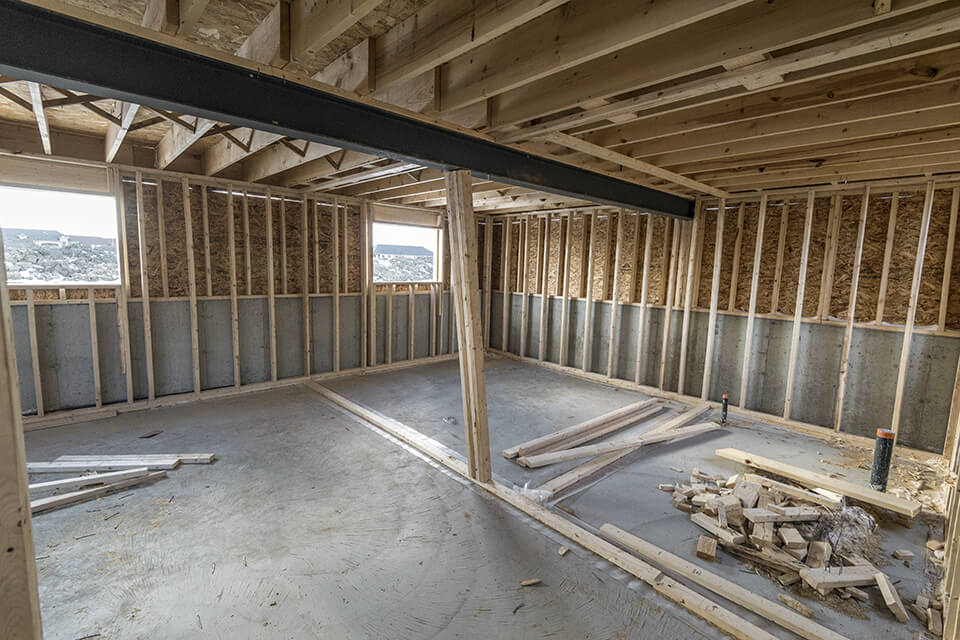
Radon Safety
While radon rock plays a vital role in radon mitigation in building foundations, it should not be solely relied upon as the ultimate safeguard. For a comprehensive approach, homeowners are strongly encouraged to have their homes professionally tested or install radon detectors. These proactive steps ensure a consistently safe living environment, offering additional peace of mind.

